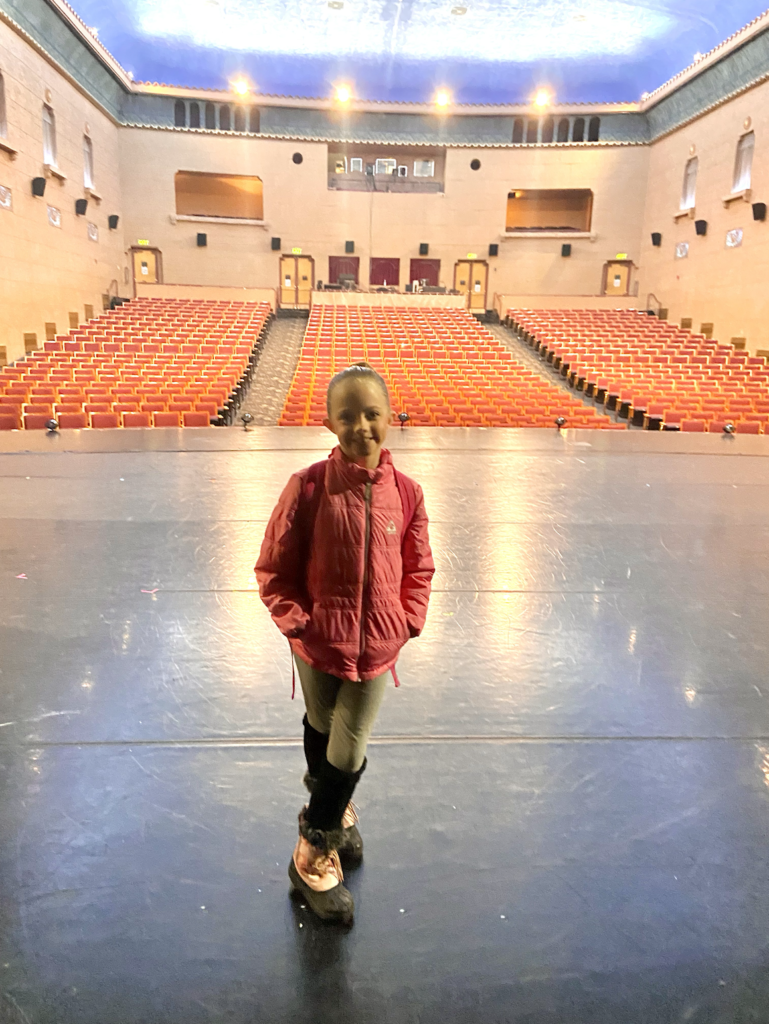
Making Music Musical: Playing Beautiful Phrases
Thanks for the wonderful comments about Finding the Balance! Let’s discuss another technique for making music musical…
One of the most important elements of beautiful, musical piano playing is something that is usually introduced very early on, but is a concept that I feel many piano students never fully understand or are taught well. Enter the SLUR…
Slurs, of course, are those fun curvy lines we often see in our music connecting two or more notes together and forming a phrase, or in other words a musical sentence.These slurs are often ignored while the focus is placed on more “important” matters, such as correct notes, rhythm, fingering, etc. (Which, don’t get me wrong, are super important as well!) It is relatively easy to achieve correct notes and rhythm, but isn’t our goal to actually make some beautiful music?
When slurs are learned, often the student learns to play them legato, or smooth and connected, and then they stop there…when really there is so much more to a slur or a phrase that can add so much musicality to a piece. Before we begin, let me just add that mastering the technique of phrasing is hugely important in making beautiful music, and while it takes some time and a lot of practice to master, it is something that can be introduced to the young beginner.
So let’s talk slurs. We’ll use a simple Bach Minuet for our example…(thanks 8notes.com for this image!)
Great, so we’ve got a lot of slurs here. What do we need to do first? That’s right…play the slurred notes smooth and connected. We do lots of walking around the room in my studio to discover that you can’t lift one foot up until your other one is touching the floor (unless of course you hop, but that would be staccato now, wouldn’t it?) So first we…
1.) Play smooth & connected
But is that all there is to playing slurs? No-sir. We’ve got to somehow differentiate between each slur, or else it is going to sound like one big musical run-on sentence. (If you have a student who loves to read, they will definitely get this analogy.) There needs to be some kind of period or exclamation mark or question mark in between each “sentence” for it to make sense, right? So in music, we’ve got to have some kind of a break between each slur. I use lots of arrows in my students’ pieces to remind them to gracefully lift their wrist up and bring their hand off of the keys to create a nice little break or “breath” between each phrase.
2) Lift your wrist up and take your hand off the keys to create a break between slurs
What, there’s more? Yes! How about what to do within each slur to make each phrase as beautiful and musical as possible? Remember that a general rule in music is that when the melody line goes UP, the notes should get LOUDER. When it goes DOWN, they should get SOFTER. Help students find the peak or the high point of each phrase, and learn to crescendo up to it and diminuendo down from it. It’s subtle but it’s effective!
3) Use graded dynamics to follow the melodic line within each phrase
Another concept that is related to number three but is important enough to restate, is that a lot of the time phrases should taper off and get a little bit softer on the last note. The main reason for this is that you usually do not want the last note of a phrase accented, that would just sound and feel not musical. (Of course there are definitely situations where you should crescendo until the end of the phrase – like for example maybe the first phrase of this song!)
I had a piano teacher who taught me this principle by explaining that you wouldn’t say my name “Jen-NY” with the second syllable accented. Try it – it just sounds weird, and not natural. Phrases in music should sound natural as well! When you taper off and say the second syllable softer, it sounds much nicer, and even more “musical” if you will – “JEN-ny.” (Be careful before using this analogy, your student’s name may have an accented last syllable and it’ll kill your analogy! That happened with me and my student Nichole. Oops!)
4) Taper off (get softer) on the last note of a phrase (unless otherwise indicated)
And finally, you need to decide how each phrase should function (dynamically and otherwise) in relation to the phrases around it. We’ll go more into this concept later, but it is important to notice if a phrase should be generally louder or softer than the previous phrase and the following phrase. In the Minuet, for example, the dynamic level is marked as piano, but you can tell that the second phrase should be a little louder (the notes go higher, and a crescendo is marked), and then the three phrases on the second line sort of gradually get softer, to create an overall crescendo/diminuendo effect that peaks at the end of the first line.
5) Decide how each phrase should function, dynamically and otherwise, within the context of other phrases
Well, that’s all I’ve got for now…what are some ways you have come up with to teach your own students beautiful phrasing? Do you make sure they learn correct techniques for playing slurs right from the beginning, or is it something you find you need to focus on with your intermediate or advanced students?
Have a nice weekend!








 Previous Post
Previous Post Next Post
Next Post



















Hi Jenny, thank you so much. This is a great post, exactly what I was looking for. Just one thing, the link to the Find the balance is not working. Keep up the good work.